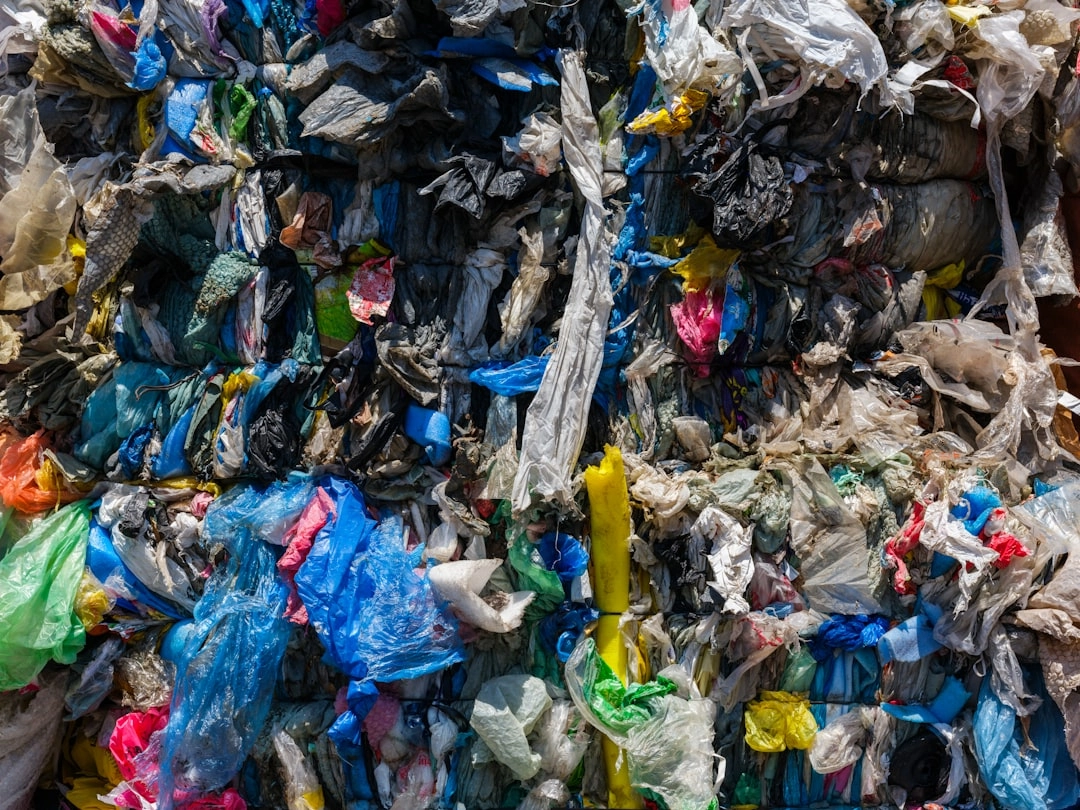
What it is:
Environmentally friendly insulation refers to insulation materials and techniques that minimize environmental impact while promoting energy efficiency in buildings. Traditional insulation materials, such as fiberglass and foam, often contain synthetic chemicals and are derived from non-renewable resources. In contrast, eco-friendly insulation options, like cellulose, sheep’s wool, and hemp, are made from natural, renewable materials and often have a lower carbon footprint.
These sustainable insulation solutions not only help regulate indoor temperatures, making homes more energy-efficient, but they also contribute to reducing overall greenhouse gas emissions associated with heating and cooling. By improving energy efficiency, environmentally friendly insulation helps decrease energy consumption, ultimately leading to cost savings for homeowners while promoting a healthier planet.
Real-world problems:
Despite the benefits of environmentally friendly insulation, there are several real-world challenges that hinder its widespread adoption. One major issue is the higher upfront cost associated with some eco-friendly insulation products compared to traditional materials. This can deter homeowners and builders from choosing these sustainable options, primarily when initial budgets are tight.
Another significant concern is the availability and accessibility of sustainable insulation materials. In some regions, eco-friendly insulation products may not be readily available or may require additional effort to source, making it less feasible for consumers wanting to make environmentally conscious choices.
Regulatory and Standards Challenges
The lack of regulatory standards and guidelines for environmentally friendly insulation can create confusion for consumers and builders alike. Without clear regulations, it may be challenging to ensure that products marketed as eco-friendly meet performance and safety standards, ultimately affecting consumer trust.
Performance Concerns
Additionally, there are performance concerns associated with certain eco-friendly insulation materials. Some alternatives may not perform as well in extreme weather conditions compared to traditional options, leading to potential issues with moisture management, air sealing, and thermal performance. This can be a significant factor for homeowners living in regions with harsh climates.
Finally, the awareness and education surrounding environmentally friendly insulation remain limited. Many consumers are unaware of the options available to them or may not fully understand the benefits of choosing sustainable materials. Increased education and marketing efforts are necessary to promote these solutions effectively.

Solutions for Environmentally Friendly Insulation Challenges
To overcome the obstacles associated with environmentally friendly insulation, several solutions can be implemented at various levels, from individual homeowners to broader industry initiatives.
1. Financial Incentives and Subsidies
One of the most effective ways to encourage the adoption of eco-friendly insulation is through financial incentives and subsidies. Government programs and local initiatives can offer grants, tax credits, or rebates for homeowners who choose sustainable insulation. These incentives can significantly reduce the upfront costs and make eco-friendly options more accessible.
2. Improving Accessibility
Developing local supply chains and enhancing distribution networks for sustainable insulation materials can also increase accessibility. By partnering with local manufacturers and suppliers, communities can promote the availability of eco-friendly options, ensuring that builders and homeowners have easy access to these products.
3. Establishing Regulatory Standards
Create clear regulatory standards and guidelines for environmentally friendly insulation materials. By regulating the performance and safety of these products, governments can boost consumer confidence and promote best practices within the industry. Certification programs can also help identify reliable eco-friendly products.
4. Performance Research and Development
Investing in research and development can improve the performance of eco-friendly insulation materials. By enhancing their durability, moisture resistance, and thermal properties, manufacturers can address concerns around performance, making sustainable options more viable for various climates.
5. Education and Awareness Campaigns
Finally, increasing public awareness and education about the benefits of environmentally friendly insulation is essential. Educational campaigns can inform homeowners, builders, and the general public about available options, their advantages, and how to implement them effectively. Workshops, seminars, and online resources can play a crucial role in disseminating this information.















